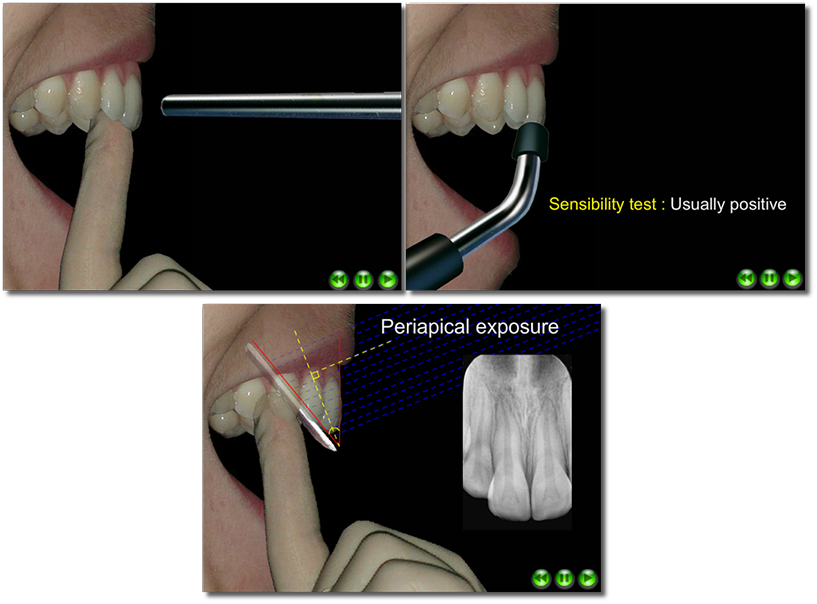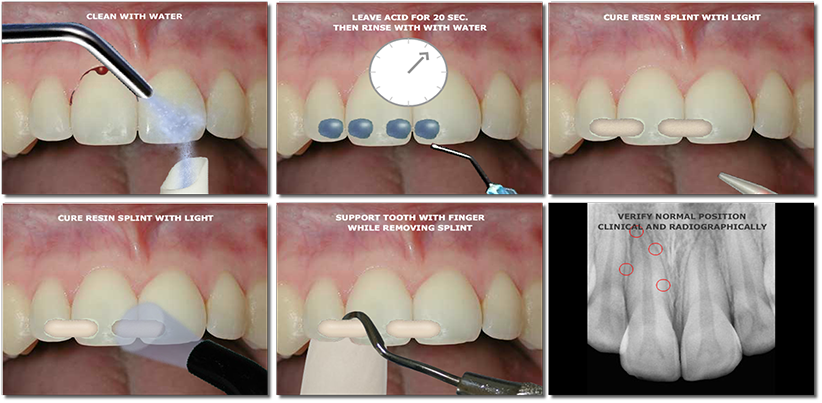What is subluxation and how is it treated?
This post is an adaptation of the Subluxation article found in the Dental Trauma Guide
Description
An injury to the tooth supporting structures resulting in increased mobility, but without displacement of the tooth. Bleeding from the gingival sulcus confirms the diagnosis.
Diagnosis
- An injury to the tooth supporting structures resulting in increased mobility, but without displacement of the tooth. Bleeding from the gingival sulcus confirms the diagnosis
- Visual signs: Not displaced
- Percussion test: Tender to touch or tapping
- Mobility test: Increased mobility
- Pulp sensibility test: Sensibility testing may be negative initially indicating transient pulpal damage. Monitor pulpal response until a definitive pulpal diagnosis can be made. There will be a positive sensibility test result in about half the cases. The test is important in assessing future risk of healing complications. A lack of response at the initial test indicates an increased risk of later pulp necrosis.
- Radiographic findings: Usually no radiographic abnormalities
- Radiographs recommended As a routine: Occlusal, periapical exposure and lateral view from the mesial or distal aspect of the tooth.
Treatment
- Usually no need for treatment.
- However, if needed:
- Clean the area with water spray, saline, or chlohexidine
- Suture gingival laceration, if present
- In case of pain related to occlusion, slight grinding of antagonist
- Apply splint, if necessary for comfort. Splinting can also be applied as part of stabilization of adjacent teeth
- Follow-Up
- Splint removal after 2 weeks
- Clinical and radiographic controls after 4, 6-8 weeks and 1 year. if a normal pulp response is observed, no further follow-up is needed.
- Patient instructions:
- Soft food diet for 1 week
- Good healing following an injury o teeth and oral tissues is dependent in part on good oral hygiene. Brushing with a soft brush and rinsing with chlorhexidine 0.1% is beneficial to prevent accumulation of plaque and debris.
Prognosis
The content and images are the property of The Dental Trauma Guide and are reproduced with their prior consent.
Do you need further information about this topic? Do you have any comments or suggestions? Email us at oasisdiscussions@cda-adc.ca
Your are invited to comment on this post and provide further insights by posting in the comment box which you will find by clicking on “Leave a reply“ below. You are welcome to remain anonymous and your email address will not be posted.




